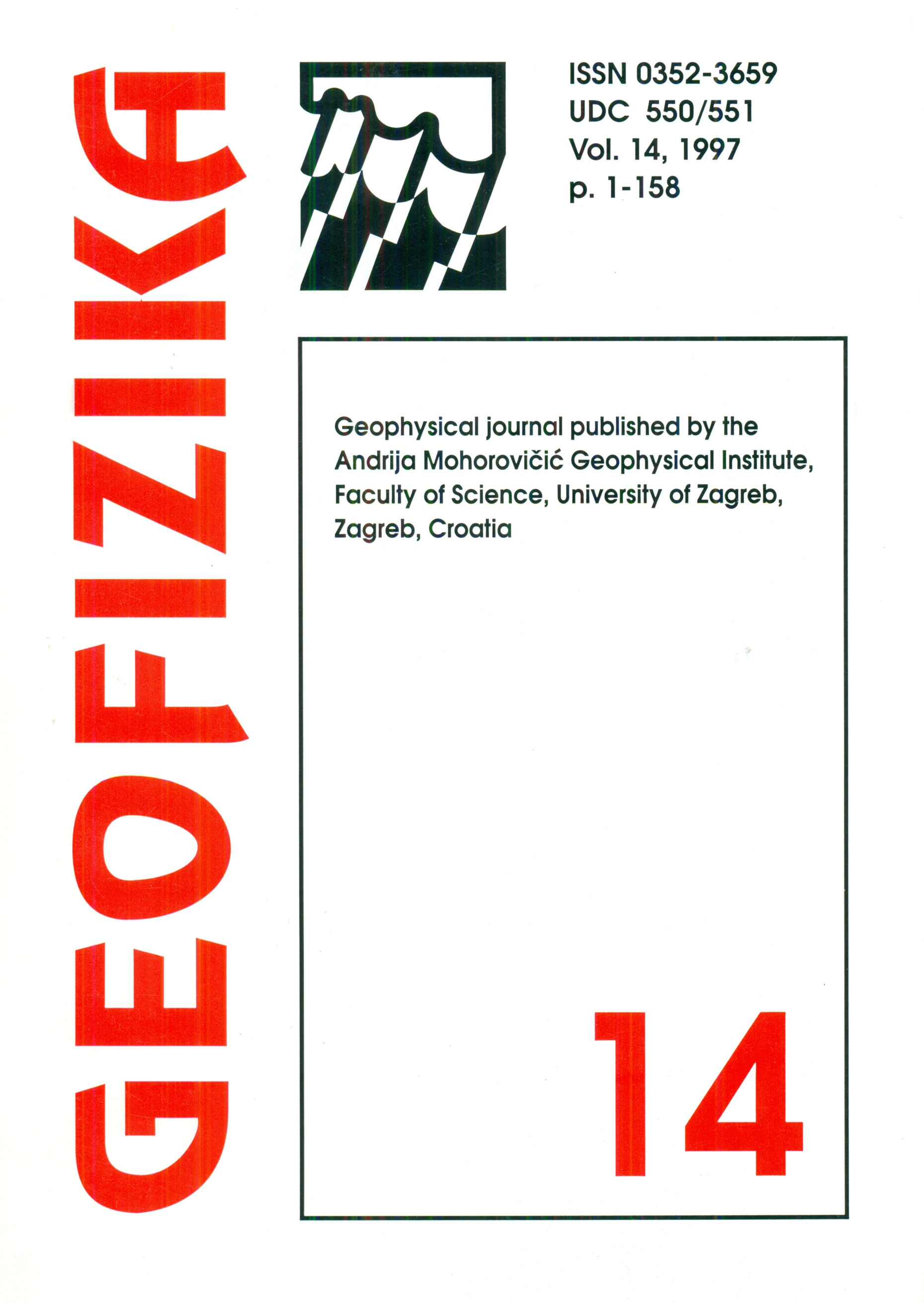Stresses and intermediate frequencies of strong earthquake acceleration
Keywords:
Strong earthquake acceleration, earthquake stressAbstract
The peak of smooth Fourier amplitude spectra, ((FS(T))max, of strong motion acceleration recorded in California is modelled via dimensional analysis. In this model, the spectrum amplitudes are proportional to ō - (1) the root-mean-square (r.m.s.) amplitude of the peak stresses on the fault surface in the areas of high stress concentration (asperities), and (2) (log10N)1/2, where N is the number of contributing (sampled) asperities. The results imply simple, one asperity, earthquake events for M ≤ 5, and multiple asperity events for M ≥ 5 (N ~ 10 near M = 7and N ~ 100 near M ~ 8). The r.m.s. value of the peak stress drop on the fault, ō , appears to increase with magnitude for M ≤ 6, and then it levels off near 100 bars, for M ≥ 6. For M < 6, ((FS(T))max continues to grow with magnitude, because of the larger number of asperities from which the sample is taken (N ~ 100 for M = 8), not because of increasing ō.
Downloads
Published
Issue
Section
License
Copyright (c) 2021 Geofizika journal

This work is licensed under a Creative Commons Attribution-NonCommercial 4.0 International License.

